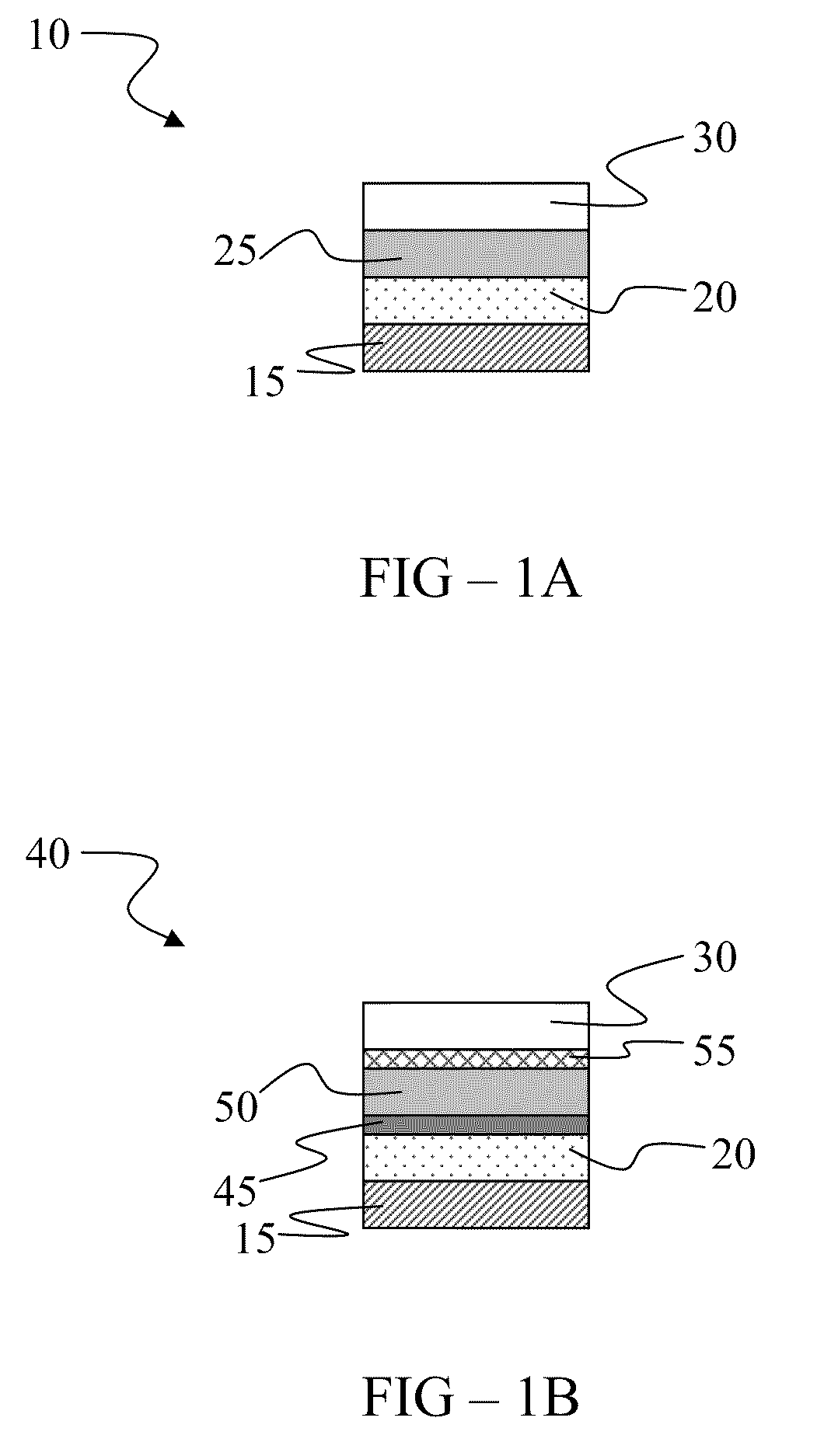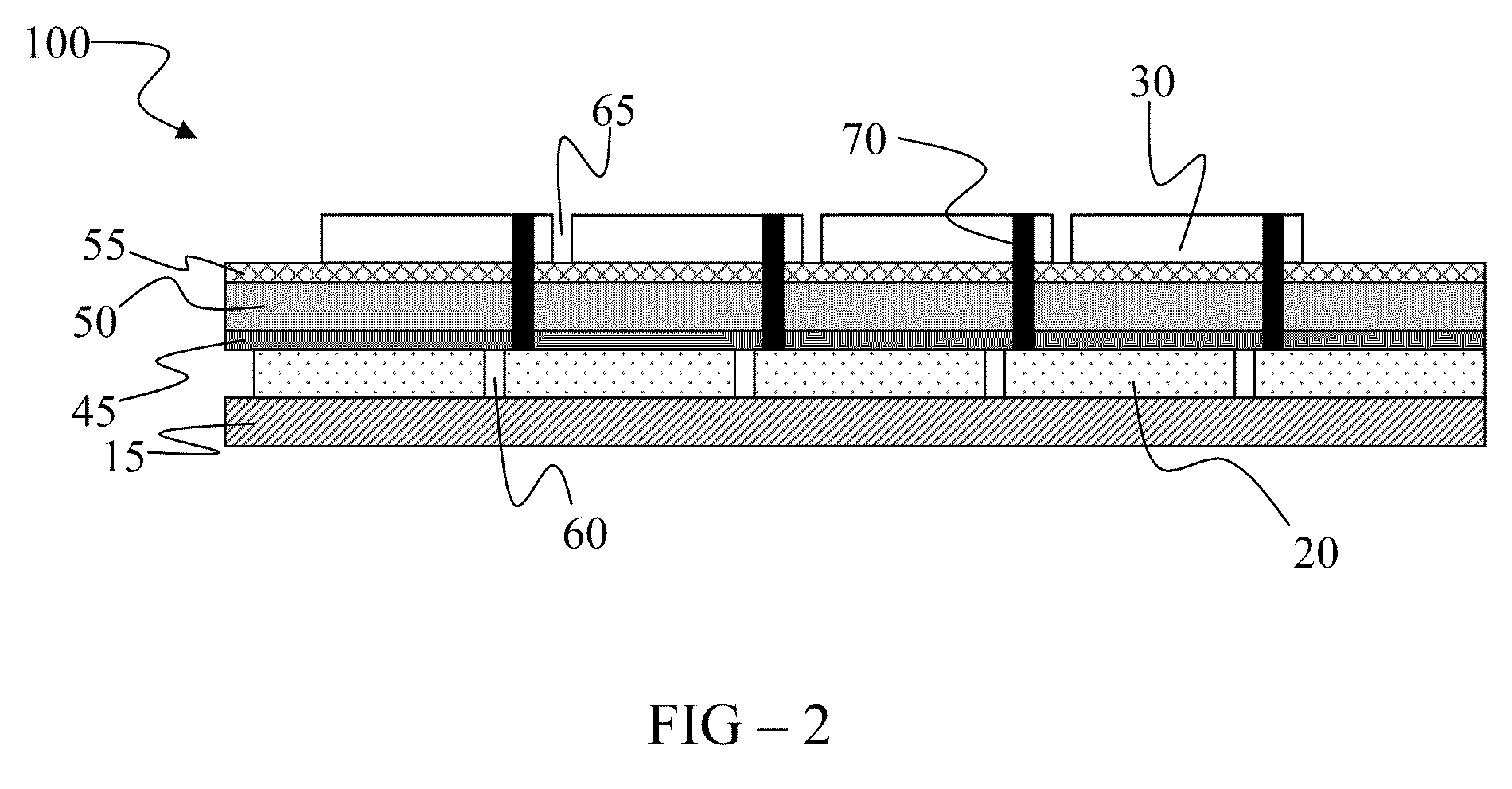Monolithic Integration of Photovoltaic Cells
a photovoltaic cell and monolithic technology, applied in the field of photovoltaic device manufacturing, can solve the problems of low conductivity of poor solar energy absorption of crystalline silicon, and inability to meet the requirements of light-weight thin film products, etc., to achieve the effect of high conductivity and facilitate monolithic series photovoltaic devices
- Summary
- Abstract
- Description
- Claims
- Application Information
AI Technical Summary
Benefits of technology
Problems solved by technology
Method used
Image
Examples
Embodiment Construction
[0035]Although this invention will be described in terms of certain preferred embodiments, other embodiments that are apparent to those of ordinary skill in the art, including embodiments that do not provide all of the benefits and features set forth herein and including embodiments that provide positive benefits for high-volume manufacturing, are also within the scope of this invention. Accordingly, the scope of the invention is defined only by reference to the appended claims.
[0036]As used herein, “on” signifies direct contact of a particular layer with another layer and “over” signifies that a particular layer is mechanically supported by another layer. If a particular layer, for example, is said to be formed on a substrate, the layer directly contacts the substrate. If a particular layer is said to be formed over a substrate, the layer is mechanically supported by the substrate and may or may not make direct contact with the substrate. If a particular layer is said to be formed ...
PUM
| Property | Measurement | Unit |
|---|---|---|
| temperature | aaaaa | aaaaa |
| temperature | aaaaa | aaaaa |
| temperature | aaaaa | aaaaa |
Abstract
Description
Claims
Application Information
 Login to View More
Login to View More - R&D
- Intellectual Property
- Life Sciences
- Materials
- Tech Scout
- Unparalleled Data Quality
- Higher Quality Content
- 60% Fewer Hallucinations
Browse by: Latest US Patents, China's latest patents, Technical Efficacy Thesaurus, Application Domain, Technology Topic, Popular Technical Reports.
© 2025 PatSnap. All rights reserved.Legal|Privacy policy|Modern Slavery Act Transparency Statement|Sitemap|About US| Contact US: help@patsnap.com



